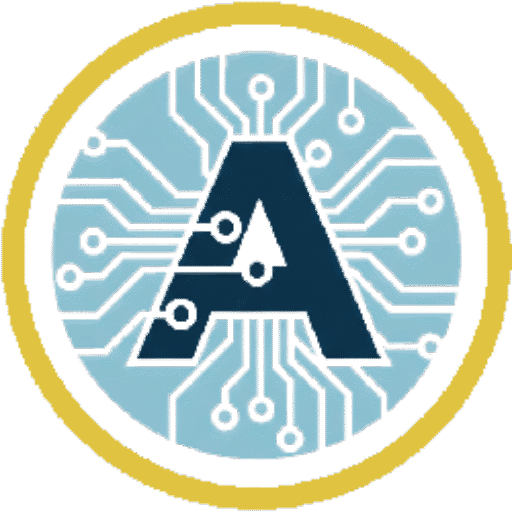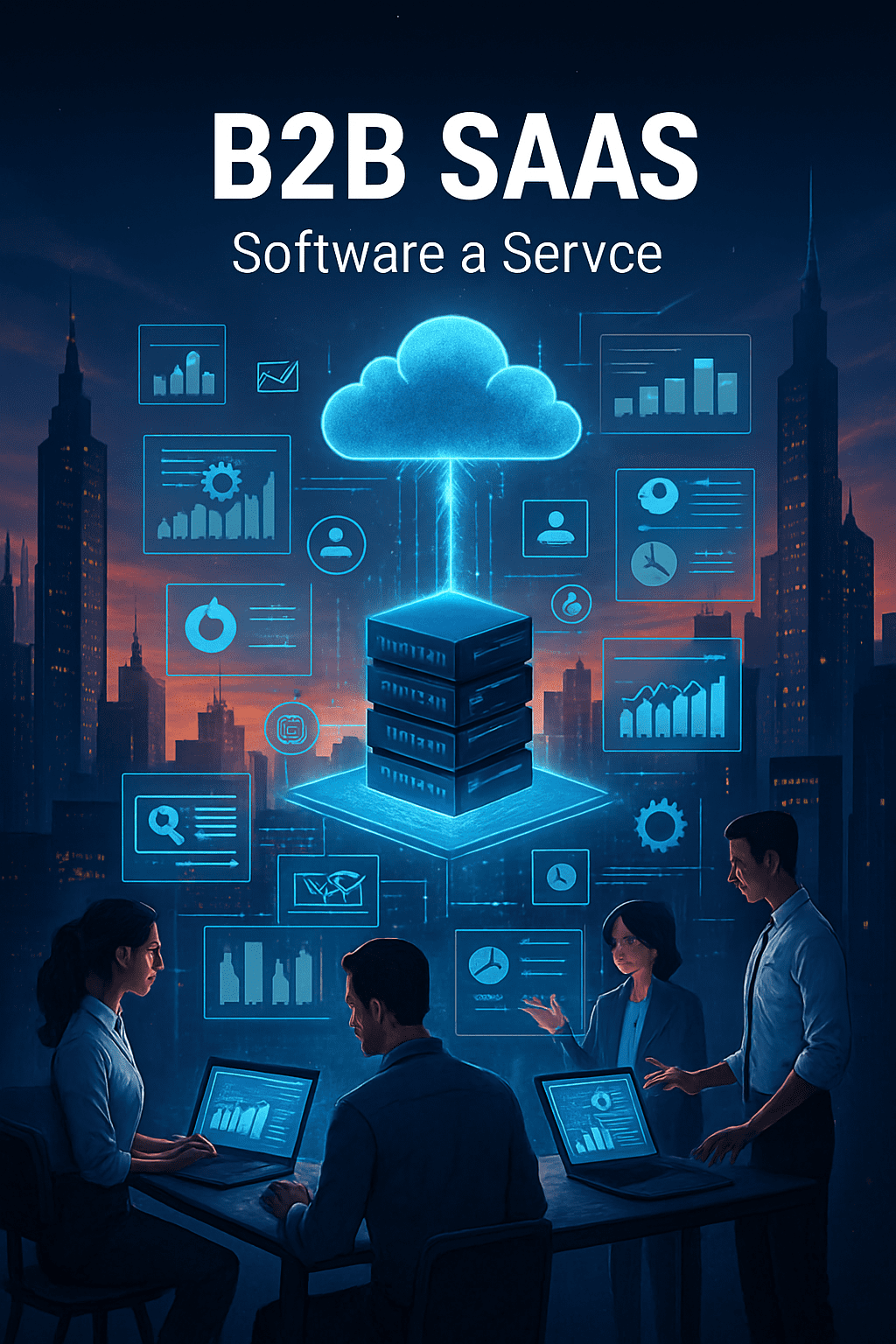In the modern digital economy, the acronym B2B SaaS has become a cornerstone of business operations, driving efficiency, innovation, and growth across every industry. But what is B2B SaaS exactly, and why has it become the dominant model for delivering software to businesses? Simply put, B2B SaaS (Business-to-Business Software as a Service) refers to software applications that are delivered over the internet, on a subscription basis, by one business to another.
Unlike traditional software that required physical installation and ongoing maintenance by the purchasing company, B2B SaaS solutions are centrally hosted by the vendor, accessed via a web browser or a dedicated app, and managed entirely by the service provider. This model has revolutionized how companies acquire and utilize essential tools, from customer relationship management (CRM) to enterprise resource planning (ERP) and beyond.
Understanding the Core Components: What is B2B SaaS Made Of?
To truly grasp what is B2B SaaS, it’s crucial to break down its fundamental components and how they differentiate it from older software models.
Software as a Service (SaaS) Explained
At its heart, SaaS is a cloud computing service model where software is licensed on a subscription basis and centrally hosted. Instead of purchasing and installing software, users simply access it via the internet, typically through a web browser. The vendor handles all infrastructure, software updates, and maintenance.
Business-to-Business (B2B) Focus
The “B2B” aspect means the software is designed, marketed, and sold specifically to other businesses, rather than individual consumers (B2C). These solutions address specific organizational needs, such as managing finances, collaborating on projects, automating marketing efforts, or optimizing sales processes. The target audience is typically a company or a team within a company, not an individual end-user making a personal purchase.
- Mandatory Compliance Standards: Unlike B2C software, B2B solutions must adhere to strict regulatory and data governance standards based on the client’s industry (e.g., HIPAA for healthcare, GDPR for Europe, and SOC 2 for general trust). The vendor’s adherence to these B2B SaaS compliance requirements is non-negotiable for securing enterprise contracts and is a primary differentiator in the market.
Key Characteristics of B2B SaaS Solutions
- Subscription-Based Model: Users pay a recurring fee (monthly or annually) to use the software, rather than a one-time perpetual license. These pricing models provides predictable recurring revenue for vendors and manageable operational expenses for customers.
- Cloud-Native Delivery: The software is hosted on cloud infrastructure (e.g., AWS, Azure, Google Cloud), making it accessible from anywhere with an internet connection, on any device.
- Centralized Management: The SaaS vendor is responsible for all aspects of the software, including hosting, security, maintenance, updates, and backups. This offloads a significant IT burden from the client.
- Multi-Tenancy: Often, the same instance of the software application serves multiple customers (tenants), though their data and configurations are kept separate and secure. This allows for efficient resource utilization and easier updates.
- Scalability: B2B SaaS platforms are designed to scale effortlessly, accommodating growing user bases or increased data volumes without requiring clients to invest in new hardware or infrastructure.
The Post-Sale Imperative: Customer Success
The shift to a subscription model means the vendor’s revenue is dependent on retention and expansion, not just the initial sale. This reality creates the imperative for Customer Success—a proactive, relationship-focused function dedicated to ensuring customers achieve their desired business outcomes using the software. Effective customer success strategies are essential for reducing churn, driving feature adoption, and maximizing the overall profitability of the customer relationship. To understand how B2B SaaS companies protect their recurring revenue streams, explore the operational strategies that define a strong B2B SaaS Customer Success approach.
Why the Shift? Major Benefits of B2B SaaS for Businesses
The widespread adoption of B2B SaaS isn’t accidental; it’s driven by a compelling suite of advantages that directly impact a business’s bottom line, agility, and operational efficiency.
1. Reduced Upfront Costs and Predictable Budgeting
One of the most immediate benefits of B2B SaaS is its financial model. Companies avoid large capital expenditures on software licenses, hardware infrastructure, and installation fees. Instead, they incur predictable operational expenses (OpEx) through subscription payments. This makes sophisticated software accessible to businesses of all sizes, including startups and small to medium-sized enterprises (SMEs), that might not have the budget for traditional enterprise software.
2. Enhanced Accessibility and Remote Work Enablement
Because B2B SaaS applications are cloud-based, they can be accessed from any location, on any device, at any time, with just an internet connection. This provides unparalleled flexibility for modern workforces, seamlessly supporting remote teams, field employees, and global operations. It fosters collaboration and ensures business continuity, regardless of physical location.
3. Automatic Updates and Continuous Innovation
With B2B SaaS, the vendor handles all software updates, patches, and upgrades automatically. This means clients always have access to the latest features, security enhancements, and performance improvements without needing to manage complex rollouts. This continuous innovation cycle ensures that the software evolves with market demands and technological advancements, keeping clients competitive without extra effort.
4. Scalability and Flexibility to Grow
B2B SaaS platforms are inherently scalable. Businesses can easily add or remove users, access more storage, or upgrade to higher-tier features as their needs change. This elasticity allows companies to scale their software usage up or down in response to market fluctuations or business growth, optimizing resource allocation and avoiding unnecessary costs.
5. Reduced IT Burden and Maintenance
By outsourcing the entire software management stack to the SaaS provider, businesses significantly reduce their internal IT workload. There’s no need for in-house server maintenance, software installations, database administration, or disaster recovery planning related to the application. This frees up internal IT staff to focus on strategic initiatives rather than routine operational tasks.
Diverse B2B SaaS Examples Across Industries
The versatility of B2B SaaS means it permeates nearly every functional area of a business. Here are common categories and examples of this crucial technology:
- Customer Relationship Management (CRM): Software designed to manage all interactions with current and prospective customers.
- Examples: Salesforce, HubSpot CRM, Zoho CRM.
- Examples: Salesforce, HubSpot CRM, Zoho CRM.
- Enterprise Resource Planning (ERP): Integrated software suites that manage core business processes, often across multiple departments.
- Examples: SAP S/4HANA Cloud, Oracle NetSuite, Workday.
- Examples: SAP S/4HANA Cloud, Oracle NetSuite, Workday.
- Marketing Automation: Tools to automate and streamline marketing tasks like email campaigns, lead nurturing, and social media posting.
- Examples: HubSpot Marketing Hub, Marketo (an Adobe company), Pardot (Salesforce).
- Examples: HubSpot Marketing Hub, Marketo (an Adobe company), Pardot (Salesforce).
- Human Resources (HR) & Payroll: Software for managing employee data, recruitment, benefits, and payroll processing.
- Examples: Workday, Gusto, ADP Workforce Now.
- Examples: Workday, Gusto, ADP Workforce Now.
- Collaboration & Communication: Platforms designed to facilitate team communication, project management, and file sharing.
- Examples: Slack, Microsoft 365 (Teams, SharePoint), Asana, Trello.
- Examples: Slack, Microsoft 365 (Teams, SharePoint), Asana, Trello.
- Accounting & Financial Management: Tools for bookkeeping, invoicing, expense tracking, and financial reporting.
- Examples: QuickBooks Online, Xero, Sage Intacct.
- Examples: QuickBooks Online, Xero, Sage Intacct.
- Cybersecurity: Cloud-based solutions offering threat detection, identity management, and data protection services.
- Examples: CrowdStrike, Okta (Identity and Access Management), Zscaler (Cloud Security).
- Examples: CrowdStrike, Okta (Identity and Access Management), Zscaler (Cloud Security).
- Data Analytics & Business Intelligence (BI): Platforms for collecting, analyzing, and visualizing business data to inform decision-making.
- Examples: Tableau Cloud, Power BI (Microsoft), Domo.
The Future of B2B SaaS: AI, Verticalization, and Hyper-Personalization
The trajectory of B2B SaaS is toward even greater intelligence, specialization, and integration. Expect to see:
- AI and Machine Learning Integration: B2B SaaS platforms are increasingly embedding AI features for predictive analytics, automation (e.g., AI-powered content generation, intelligent chatbots), and hyper-personalization, making software even smarter and more proactive.
- Vertical SaaS: A growing trend towards highly specialized SaaS solutions tailored for specific industries (e.g., SaaS for dentistry practices, construction project management, or hospitality). These “vertical SaaS” tools offer deep functionality for niche needs, differentiating them from horizontal platforms.
- Composable Architectures: Businesses will increasingly adopt a modular approach, “composing” their software stack from various best-of-breed B2B SaaS solutions that integrate seamlessly via APIs, allowing for maximum flexibility and customization.
- Enhanced Security and Compliance: As sensitive data increasingly resides in the cloud, B2B SaaS vendors will continue to invest heavily in advanced security measures like Zero Trust Architecture, encryption, and compliance certifications to meet stringent industry regulations globally.
In conclusion, what is B2B SaaS fundamentally points to a paradigm of efficiency, flexibility, and continuous innovation. By abstracting infrastructure and delivering powerful applications as a service, B2B SaaS empowers businesses to focus on their core competencies, adapt quickly to market changes, and leverage cutting-edge technology without the traditional IT burden. It’s not just a trend; it’s the operational backbone of the modern enterprise.

